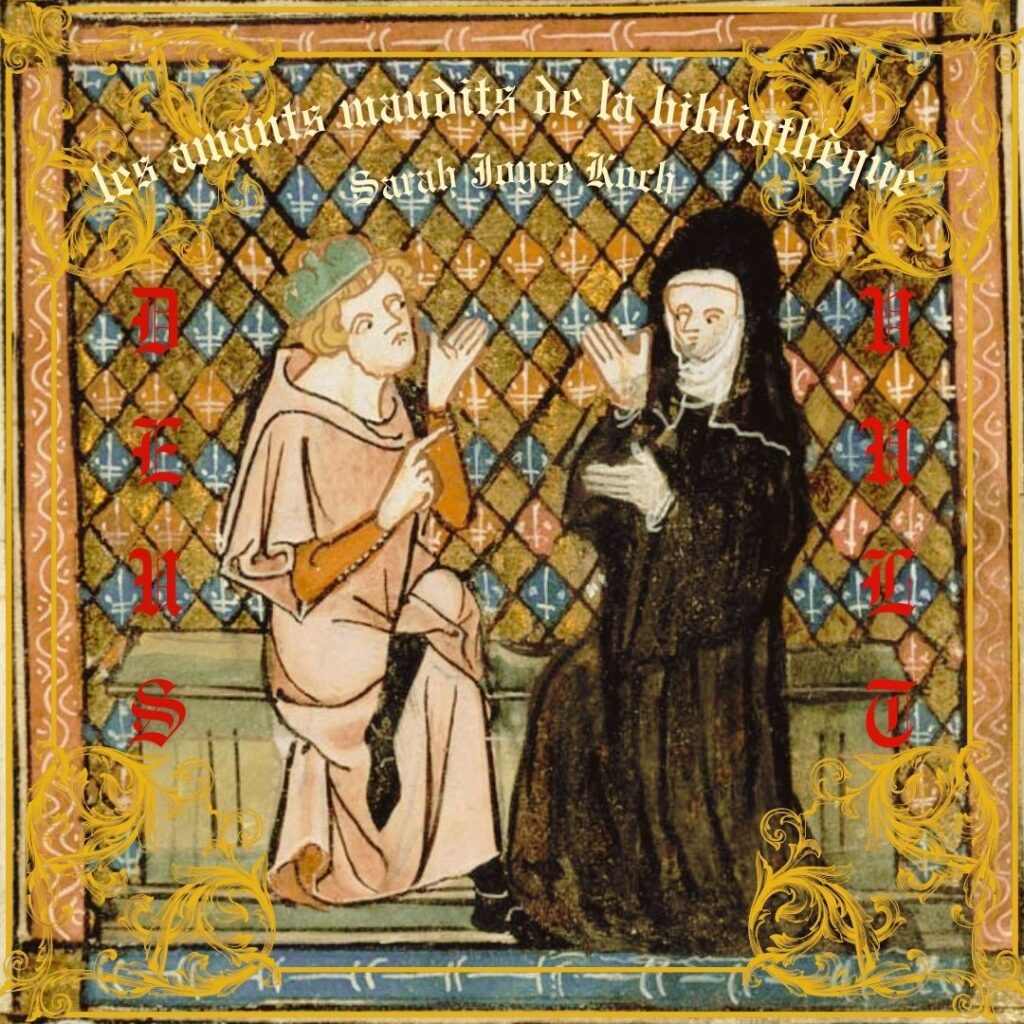On November 3, 2023, the CUNY Peer Leaders gathered in person at the Graduate Center and presented their recorded soundscapes, reflections on the exercise, and album art. This gathering was a follow-up to the October 6 meetup, when the leaders learned about soundscapes from Facilitator Kelsey Milian.
The meeting started, as most do, with a check-in question: “How is your semester going? Is there anything you plan to do to ensure you end the Fall 23 semester on a strong note?” Everyone present had an opportunity to say something, popcorning around the room. This exercise prioritizes student health and wellness and gives the CPL director and facilitators an opportunity for mentorship as students share ongoing challenges—and celebrate triumphs.
The majority of the meeting, conducted over shared food at round tables, was spent listening to the soundscapes students recorded. Before each one was played, students explained their choices, why they chose these places, or what inspired their vision for creating these graphics as album art. After listening, peers asked the artist questions.
Questions led to talking more about where students are from, where they were from before New York, their particular neighborhoods, campuses, and learning experiences at CUNY, the soundscapes around them, and where the sights, creative album artwork, and sounds connect.
We listened and compared neighborhoods, coffee shop music and the sounds of steaming milk to order, the rushed feeling and faster cadence of running to catch a bus, the soothing sounds of rain in the Bronx with a passing train in the distance, improv during band rehearsal, snippets of various CUNY campuses that included the rush between classes, people talking or playing games, loud hand dryers heard through bathroom walls, and more.
The students put a lot of thought and reflection into their creative work. A student whose soundscape was a coffee shop named their album “Brew-tiful” and the track “Daily Grind.” One student’s album artwork was a square-shaped photo of a part of the Hunter College campus with the “Parental Advisory: Explicit Content” warning photoshopped into the lower left corner. This student’s soundscape was from a lab class. You could hear the student typing notes on their laptop and the low hum of the professor’s voice and student voices in the background, chairs slowly sliding across the floor, students’ humming — or sighing — while they work, and construction in the distance outside. One listener noticed a difference in campus soundscapes and how everyone in a space tends to feel the same energy. In the outdoor soundscape from Queens College, all the voices sounded excited and lively. In the classroom, the students’ sounds were heavy or even exasperated between the tinkle of lab materials on the tables.
A Classics major at a different campus chose for their album artwork a medieval image called, “The Star-Crossed Lovers in the Library,” depicting two people having a conversation. They reflected, “I want everyone to have the chance to feel the kind of beauty that I’ve always been privileged enough to find in stories and words, and that simply is not possible with the current level of inaccessibility [and censorship through book bans].” The soundscape was fairly muted, a good place for reading except for the loud interruption of furniture scraping across the floor, which the student compared to pews being moved in a church service as worshippers stand up or sit down.

What I noticed as a listener and observer were the ways in which people in the room were able to connect with one another, either through the familiarity with certain keynotes (the coffee lovers in the room lit up with smiles of recognition when they could hear the sound of packed espresso being tapped against the shop counter) or through similar emotions they feel as students: the joyful, lively conversations happening across a quad or the boredom and heaviness felt during someone’s least favorite class. Many people recognized the arc of emotions while listening to a sound recording of a student rushing to catch the bus, only to discover the bus was running 10 minutes late.
These are experiences many New Yorkers are accustomed to. As commuters navigating a public transit system (which is neither the pinnacle of accessibility nor maximized for efficiency and speed), these students spend more time, effort, and energy getting to and from class than most college students in the U.S. This daily routine makes them excellent navigators, more efficient with their time (reading and completing homework in transit), and well-versed, worldly people who traverse a variety of cultures and native languages as they pass through different neighborhoods. Taking our earbuds out and listening to the sounds of New York City and CUNY’s wildly different campuses as art transformed the windowless classroom into a powerful, safe space of acknowledgement, recognition, and community, where everyone could feel seen, heard, and understood. Each artist was a specialist, a subject-matter expert of their chosen soundscape, and the community uplifted and honored that through discussion.
This was truly a student-centered and student-driven dialogue that put students’ lives, local knowledge, and expertise in the foreground, center stage.
This recap was originally posted on the CUNY Peer Leaders website.






